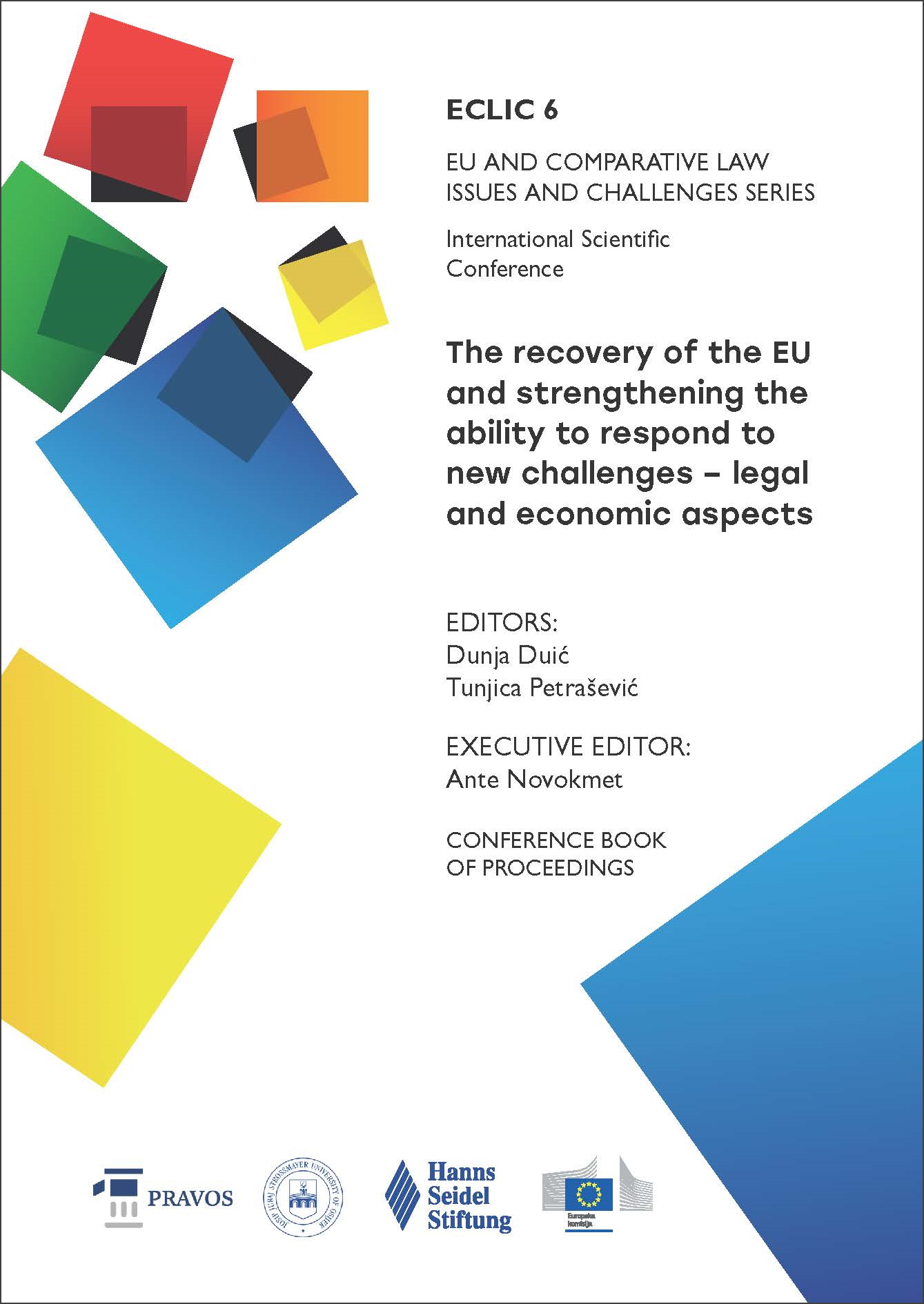CHALLENGES OF PROTECTING CHILDREN’S RIGHTS IN THE DIGITAL ENVIRONMENT
DOI:
https://doi.org/10.25234/eclic/22439Abstract
The imperative of every state is to protect the children’s rights as the most vulnerable social group. The protection of children’s rights has been particularly intensified with the adoption of the UN Convention on the Rights of the Child (1989), which promotes four basic principles – non-discrimination, the right to life, participation in decision-making and active participation in resolving issues that affect their lives, as well as the best interests of the child. The consequences of the (still actual) COVID-19 pandemic are visible in many areas, including the protection of children’s rights. Namely, children had to get used to the “new normal” in an extremely short period of time, which in certain segments had an adverse effect on their development and social integration. The effects of the COVID-19 pandemic are also visible in the digital environment, which brings with it a number of positive and negative aspects in relation to children and their rights. Although the virtual environment has made it possible to fulfil one of the universal rights of children – the right to education, it has intensified a special form of violence – virtual, cyber violence that threatens the safety of children in the “new normal”. It is important to emphasize that the Council of Europe has adopted Recommendation CM/Rec (2018)7 of the Committee of Ministers to member states on Guidelines for Respect, Protection and Exercise of the Rights of the Child in the Digital Environment. Given that the digital environment shapes children’s lives in different ways, creating opportunities, but also certain risks to protect their well-being, this document recommends that member states review their legislation, policies and practices to promote the full range of children’s rights in the digital environment and providing effective responses to all the impacts of the digital environment on the well-being of children and the enjoyment of their human rights. European Union policies in the field of protection of children’s rights are also very important. Through its policies, the European Union seeks to enable every child to realize his or her full rights. The European Union’s Strategy on the rights of the child sets children apart from the leaders of tomorrow and the citizens of today. For the issues of this paper, a particularly important part of the Strategy are the guidelines for creating policies aimed at protecting the rights of children in the digital society. In addition to the above, there are a number of other documents of the Council of Europe and the European Union for the protection and promotion of children’s rights, which are analyzed in the context of digitalization. Special emphasis is placed on contemporary issues of development and protection of children’s rights to privacy in the digital environment, the right to access the Internet and digital literacy, but also cyber violence as a form of endangering the child’s safety, and the discussion on which issues was further stimulated by the COVID-19 pandemic.
Downloads
Published
How to Cite
Issue
Section
License
Copyright (c) 2022 Matko Guštin

This work is licensed under a Creative Commons Attribution-NonCommercial 4.0 International License.
Authors retain the copyright on the papers published in the Journal, but grant the right of first publication to the Journal. Papers accepted for publication or already published in ECLIC of the Faculty of Law in Osijek may be published by the author(s) in other publications only with proper notice of its previous publication in ECLIC.


